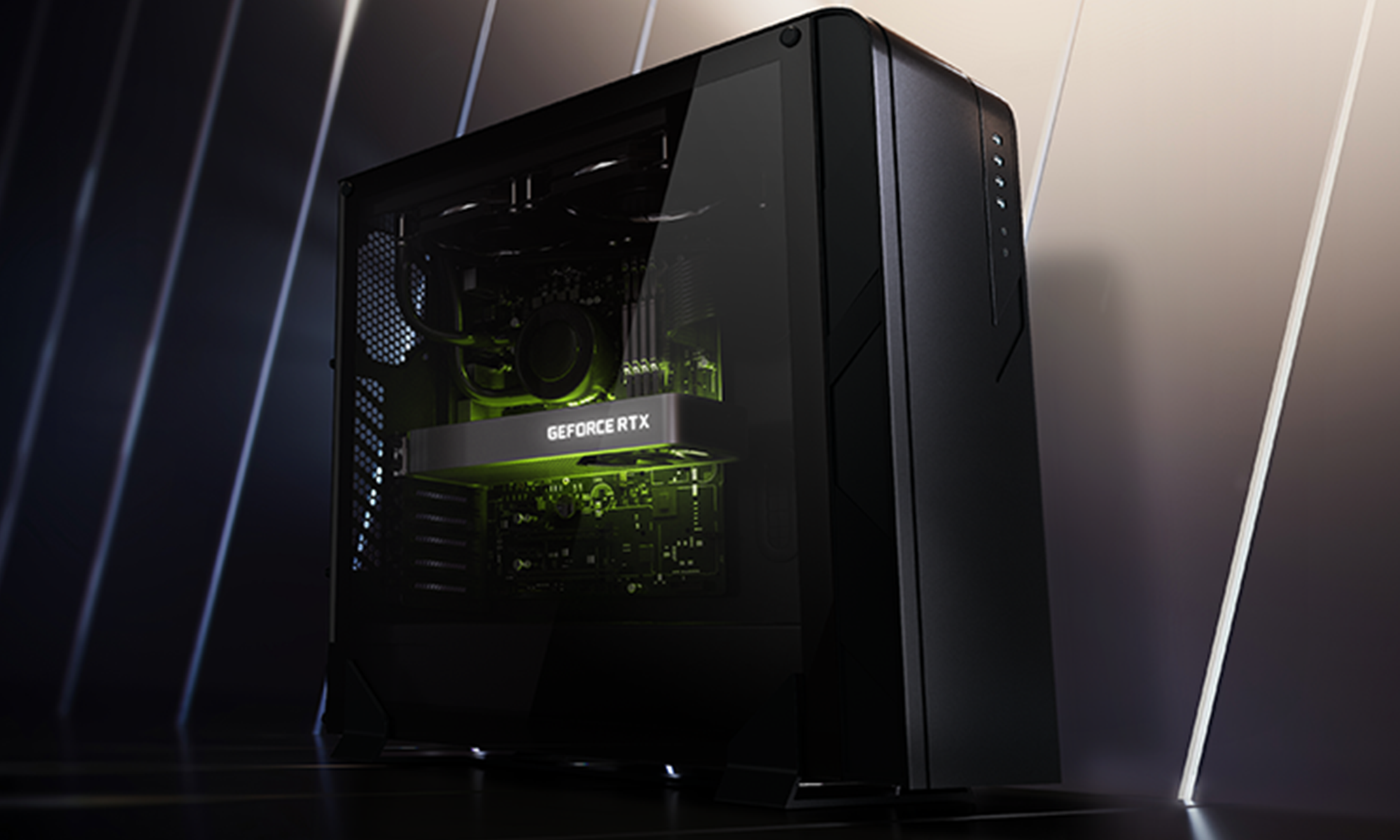NVIDIA (NVDA 1.55%) recently beat analyst estimates on both the top and bottom lines for the tenth straight quarter. Its fourth-quarter revenue rose 34% annually to $2.91 billion, beating expectations by $230 million, as its non-GAAP net earnings jumped 52% to $1.72 per share, topping estimates by $0.56.
The chipmaker's core businesses were firing on all cylinders, with triple-digit growth in data center revenues, double-digit growth in gaming and professional visualization revenues, and single-digit growth in its automotive, OEM, and IP revenues. Its non-GAAP gross margin also expanded 190 basis points annually to 62.1%.

NVIDIA CEO Jensen Huang. Image source: NVIDIA.
Yet NVIDIA's stock barely budged after that report. The tepid response may have been caused by a wobbly market, profit taking after the stock's massive rally over the past 12 months, or valuation concerns. However, investors should still recognize three looming threats which could hurt NVIDIA in the near future.
The cryptocurrency meltdown
Sales of NVIDIA's GPUs surged over the past year as cryptocurrency miners placed bulk orders of its high-end CPUs. That growth was a double-edged sword for NVIDIA, since it caused a GPU shortage for its core PC gaming market. Meanwhile, resellers sold GPUs at grossly inflated prices online, which angered and alienated gamers.
During last quarter's conference call, NVIDIA CEO Jensen Huang stated that the company was "doing everything" it could to increase the market supply. But here's the problem -- bitcoin and several other cryptocurrencies stumbled over the past month, raising concerns about a bubble popping.
If the miners who have been hoarding GPUs exit the market, they could flood the market with used GPUs at below-market prices. This would cause a supply glut, which NVIDIA could exacerbate by increasing the supply of new GPUs.
The changing GPU market
NVIDIA controlled 73% of the discrete GPU market during the third quarter of 2017 according to Jon Peddie Research. The remaining 27% was held by AMD (AMD +0.01%).

Image source: Getty Images.
But in the near future, Intel (INTC 3.11%) could disrupt that duopoly with its own discrete GPUs. Intel revealed those plans late last year, and hired Raja Koduri, the former chief of AMD's Radeon unit, to lead the effort.
It's unclear when Intel's discrete GPUs will arrive, but they could be competitively priced and optimized to work with Intel's high-end CPUs. If Intel bundles its GPUs and CPUs together -- or even integrates the two technologies into a single chip, like AMD's APUs (accelerated processing units) -- NVIDIA might start losing customers.
AMD's new Ryzen 5 2400G and Ryzen 3 2200G chips are also APUs. Gizmodo's Alex Cranz recently declared that the chips were so graphically powerful that customers could "skip the graphics card." That's not surprising, since AMD's APUs also power the PS4 and Xbox One.
Since AMD's new APUs cost about $70 to $80 less than Intel's comparable CPUs (which must be paired with a discrete GPU to offer comparable graphics performance), they could be appealing to PC gamers who want to simultaneously upgrade their CPUs and GPUs -- which would be bad news for NVIDIA.
Losing the automotive market
NVIDIA enjoyed a first-mover's advantage in the automotive market with its Tegra CPUs, which power infotainment and navigation systems in high-end cars. Its Tegra-powered Drive PX platform also powers driverless vehicles.

Image source: NVIDIA.
However, NVIDIA's automotive revenues only grew 3% annually during the fourth quarter. That represents a significant slowdown from its 13% growth in the third quarter and 19% growth during the second quarter. That slowdown is troubling, since NVIDIA faces a lot of competition in this market.
NXP (NXPI +0.50%), the biggest automotive chipmaker in the world, offers BlueBox, a rival autonomous platform to Drive PX. Qualcomm (QCOM 0.52%), the world's top mobile chipmaker and producer of rival chips for auto platforms, plans to buy NXP. To further complicate matters, Broadcom is attempting a hostile takeover of Qualcomm.
Intel, which owns computer vision chipmaker Movidius and ADAS (advanced driver assistance systems) leader Mobileye, is another troublesome challenger. Intel's Atom Automotive chips challenge NVIDIA's Tegra chips, and it's currently partnered with BMW and Fiat Chrysler to produce a new self-driving platform by 2021. If NVIDIA doesn't keep its eye on the ball, it could lose the auto market to these challengers.
The bottom line
I'm still bullish on NVIDIA's long-term prospects. However, investors should identify the wrenches -- in the cryptocurrency, GPU, and automotive markets -- which could be tossed into its main growth engines.






